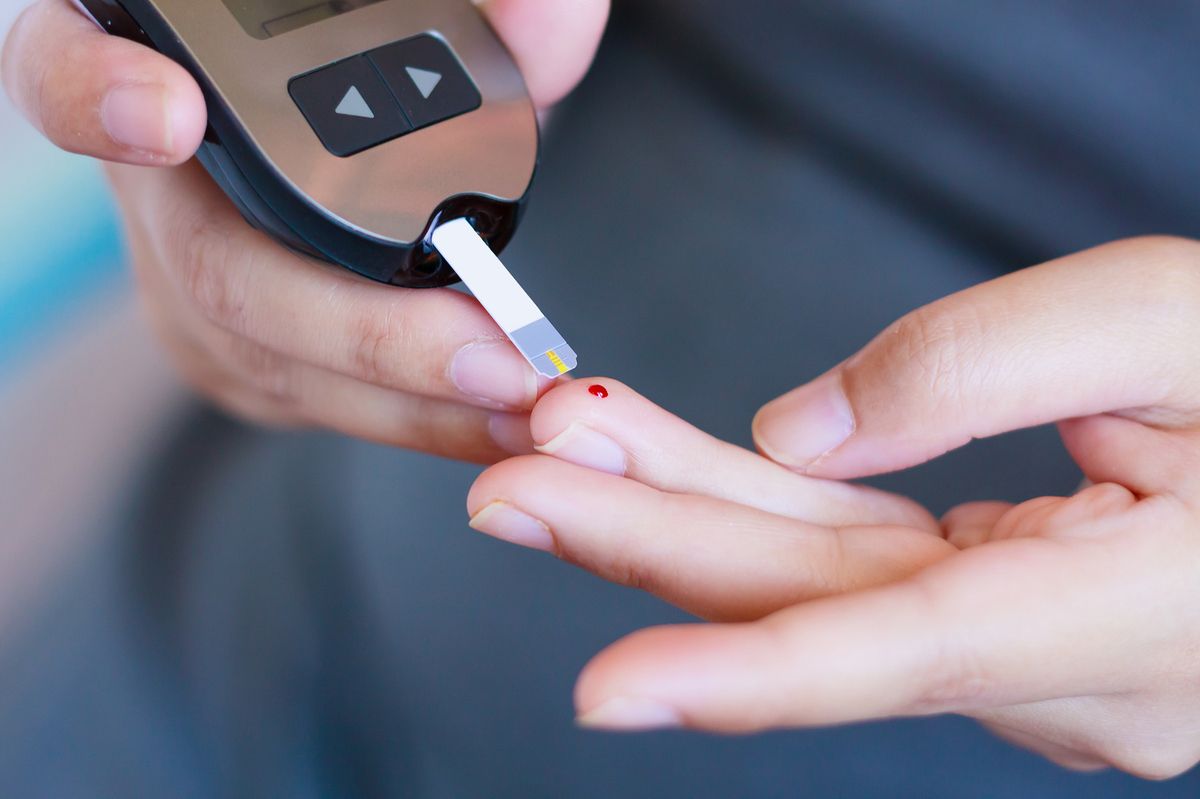Although 2021 marks the centenary of insulin's discovery, insulin access remains a global health issue.
- Bone Health
- Immunology
- Hematology
- Respiratory
- Dermatology
- Diabetes
- Gastroenterology
- Neurology
- Oncology
- Ophthalmology
- Rare Disease
- Rheumatology
Gan & Lee Insulin Biosimilar Candidates Demonstrate Biosimilarity in Trials
Insulin aspart, lispro, and glargine biosimilar candidates referencing NovoRapid, Humalog, and Lantus demonstrated bioequivalence in trial data presented at the Scientific Sessions of the American Diabetes Association.
Gan & Lee Pharmaceuticals said positive phase 1 clinical results were achieved for 3 insulin analog biosimilar candidates: insulin aspart (GL-ASP), insulin lispro (GL-LIS), and insulin glargine (GL-GLA), referencing NovoRapid, Humalog, and Lantus, respectively.
The results were presented at Scientific Sessions of the American Diabetes Association, held June 25-29, 2021. The company said all 3 studies met their primary pharmacokinetic (PK) and pharmacodynamic (PD) end points.
“These data demonstrate PK and PD bioequivalence between each of the proposed biosimilar Gan & Lee insulins and their respective reference compounds. In addition, the safety profiles were comparable,” according to a company statement.
Currently, there are no insulin biosimilars available in the United States, although the second half of 2021 is expected to produce at least 2 approvals.
Proposed Insulin Aspart Biosimilar
The trial of GL-ASP enrolled 36 health male volunteers who each received a single dose of either the biosimilar candidate or the US or EU versions of NovoRapid (rapid acting) in each of the 3 euglycemic glucose “clamp” periods. The clamp technique maintains blood glucose concentrations at predefined target levels to allow assessments of insulin action.
Investigators said the aspart concentration and glucose infusion rate profiles between products were “superimposable” in terms of comparability. PK biosimilarity was demonstrated in terms of serum aspart concentration, and primary PD end points and sensitivity analyses also demonstrated equivalence.
They said adverse events (AEs) were rare with just 7 to 14 AEs per insulin and just 1 injection site reaction with GL-ASP (mild erythema).
Proposed Insulin Lispro Biosimilar
A randomized, double-blind crossover trial compared PK and PD properties of GL-LIS with the US and EU versions of Humalog, a fast-acting insulin, in 38 healthy male volunteers.
Investigators said each participant received a single 0.2 U/kg dose of 1 the 3 formulations in each of the 3 euglycemic glucose clamp periods. Serum lispro concentration and glucose infusion rate profiles were “superimposable, demonstrating biosimilarity, they said.
Serum lispro concentration point estimates were close to 100% between the biosimilar candidate and the reference versions, and the 90% CIs were within predefined similarity margins of 80% to 125%. Primary PD and secondary PK/PD end points met biosimilarity criteria, as did sensitivity analyses.
Investigators reported a low incidence of AEs (5-11 AEs per insulin). There were no injection site reactions.
Proposed Insulin Glargine Biosimilar
A randomized, double-blind crossover trial of GL-GLA vs the US and EU versions of Lantus (glargine, long acting) was conducted in 114 healthy male volunteers with type 1 diabetes. Participants received a single dose (0.5 U/kg) of GL-GLA or the US or EU versions of Lantus in each of the 3 euglycemic glucose clamp periods.
Investigators said the PK and glucose infusion rates were “superimposable,” point estimates for measured metabolite M1 were close to 100%, and the 90% CIs were well within the predefined similarity margins of 80% to 125%.
They said the primary and secondary PK/PD end points were met and all insulins were well tolerated with matching AE rates of 19%, 26% and 21% for GL-GLA, and the US and EU formulations of Lantus, respectively. There were few injection site reactions per insulin.
Newsletter
Where clinical, regulatory, and economic perspectives converge—sign up for Center for Biosimilars® emails to get expert insights on emerging treatment paradigms, biosimilar policy, and real-world outcomes that shape patient care.

